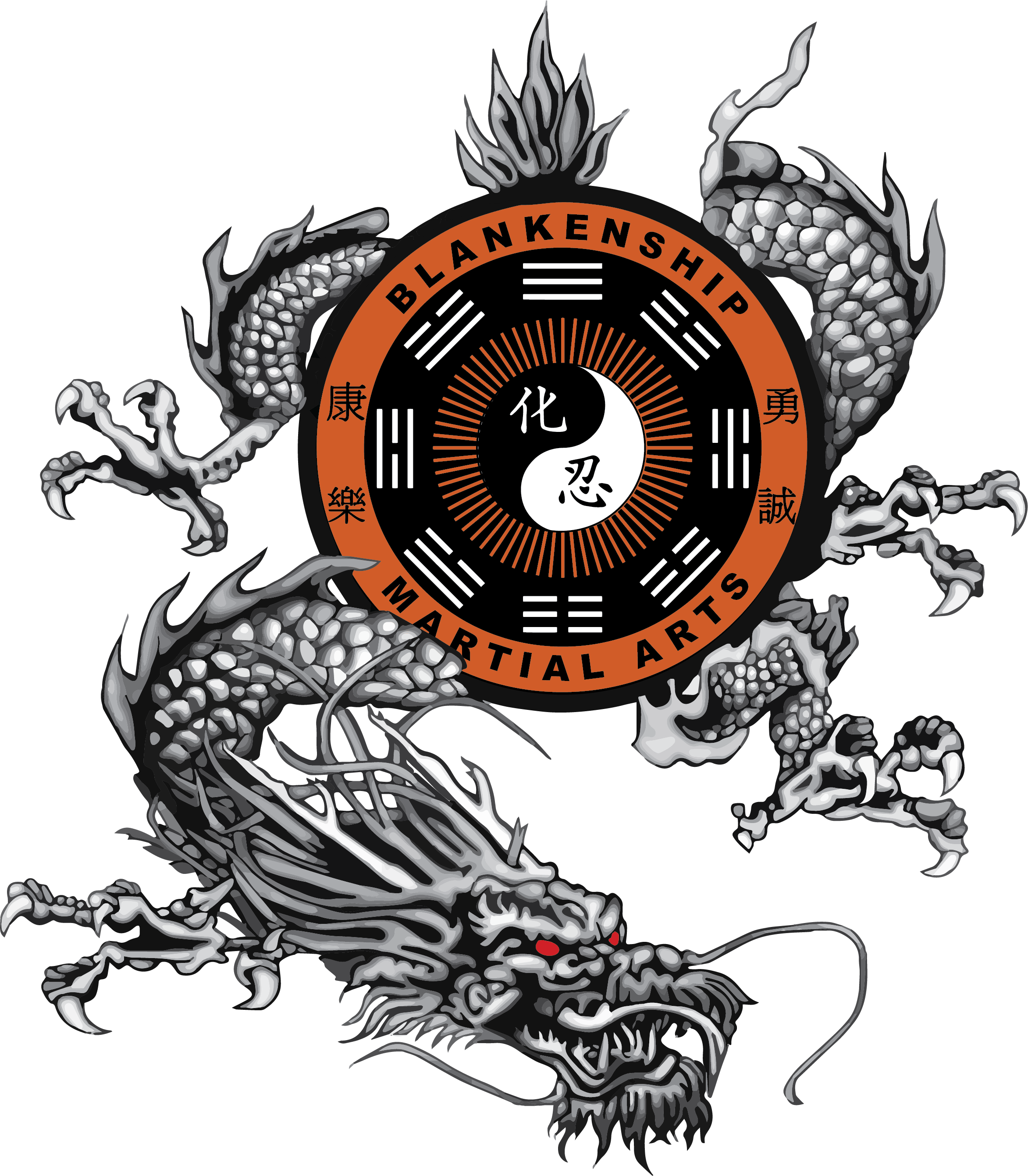Examination: 8th Gup
8th Gup Examination
Yellow Belt |
Testing For Green |
Instructions:The multiple choice/matching part of the test should be taken in the dojang. The short answer/essay questions may be completed outside of the dojang, and turned in with your answers to the essay questions posted on the door of the training area.
1) Give the country of origin for each of the following martial arts. Choose countries from the following list: (1) Korea, (2) Japan, (3) China, (4) Vietnam, (5) Okinawa, or (6) Taiwan:
- shudokan
- hapkido
- Okinawa te
- tak kyon
- kung fu
- tae kwon do
2) Match the translations with following martial arts:
| a) karate | 1) providence of the universe |
| b) palgue | 2) grand ultimate |
| c) tak kyon | 3) open hand |
| d) pyung ahn | 4) excellence in knowledge |
| e) tai chi | 5) safe defense |
3) Give the martial art style from which the following activities are taken. Choose from: (1) hapkido, (2) kung fu, (3) karate, (4) tae kwon do, or (5) judo.
- formal one step sparring
- tightening way
- pyung ahn cho dan
- sanque
- palgue il jang
4) The striking area of the pyun chumok chiruki is:
- first two knuckles of the fist
- tips of fingers
- middle knuckle of index finger held with thumb
- middle knuckles of the 4 fingers
- side of hand between the big knuckles of the thumb and index finger
5) A target of kwan su chiruki is:
- solar plexus
- temple
- floating ribs
- a and b
- b and c
6) The striking area of a ridge hand is:
- largest knuckle of the thumb
- middle knuckle of index finger held with thumb
- knife edge of hand
- inside of the index finger
- side of hand between the big knuckles of the thumb and index finger
7) Which are considerations of executing a gool lo yop chaki?
- knees bent, knee up
- eyes on target, point toes toward target
- both arms, both legs
- a and c
- a, b, and c
8) How do you set the distance for gool lo yop chaki?
- ball of foot on target with knee bent, step back, step back
- knife foot on target, knee bent where you could penetrate the target 4 inches, foot down, step back into a horse stance, back one half horse stance
- feet together, kicking side hand just touching the target, step back 2 kima sae's distance
- stand with back just touching target, stride out 3 steps
- knife foot on target, kicking side leg fully extended, foot down, step back kima sae, step back kima sae
9) Which are types of front kicks
- toe spear, foot stomp, ball of foot snapping
- hook kick, hapkido kick
- thrusting kick with ball of foot, heel kick
- a and c
- a, b, and c
10) What can you do to attack an attacker behind you without first turning?
- elbow strike
- head butt
- hip throw
- a and c
- a, b, and c
11) Matching:
| a) dung chumok chiruki | 1) offense |
| b) ban sung | 2) back fist strike |
| c) kong kyuk | 3) ridge hand |
| d) ba tang son | 4) cat stance |
| e) dui guppiki | 5) palm heel |
| f) bang oh | 6) pair up |
| g) yop chumok | 7) defense |
| h) ma ju soki | 8) side hammer fist |
| i) myo bo sae | 9) self examination |
| j) yok sudo | 10) deep back stance |
12) Which are reasons to go the rank exam?
- it is required to go to the exam before you go up
- support other students
- applicants and non-applicants must break boards
- a and b
- a, b, and c
Short Answer:
13) List five of the martial arts systems studied at Blankenship Martial Arts and their countries of origin.
Essay:
14) Describe the proper way to bow (position of hands and feet, direction of gaze, etc.), and briefly discuss bowing etiquette (when and why to bow)?
15) What are the three points of attention, and when should they be applied?
